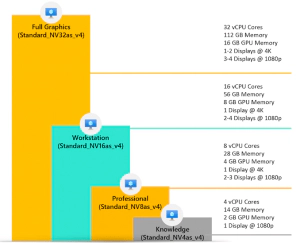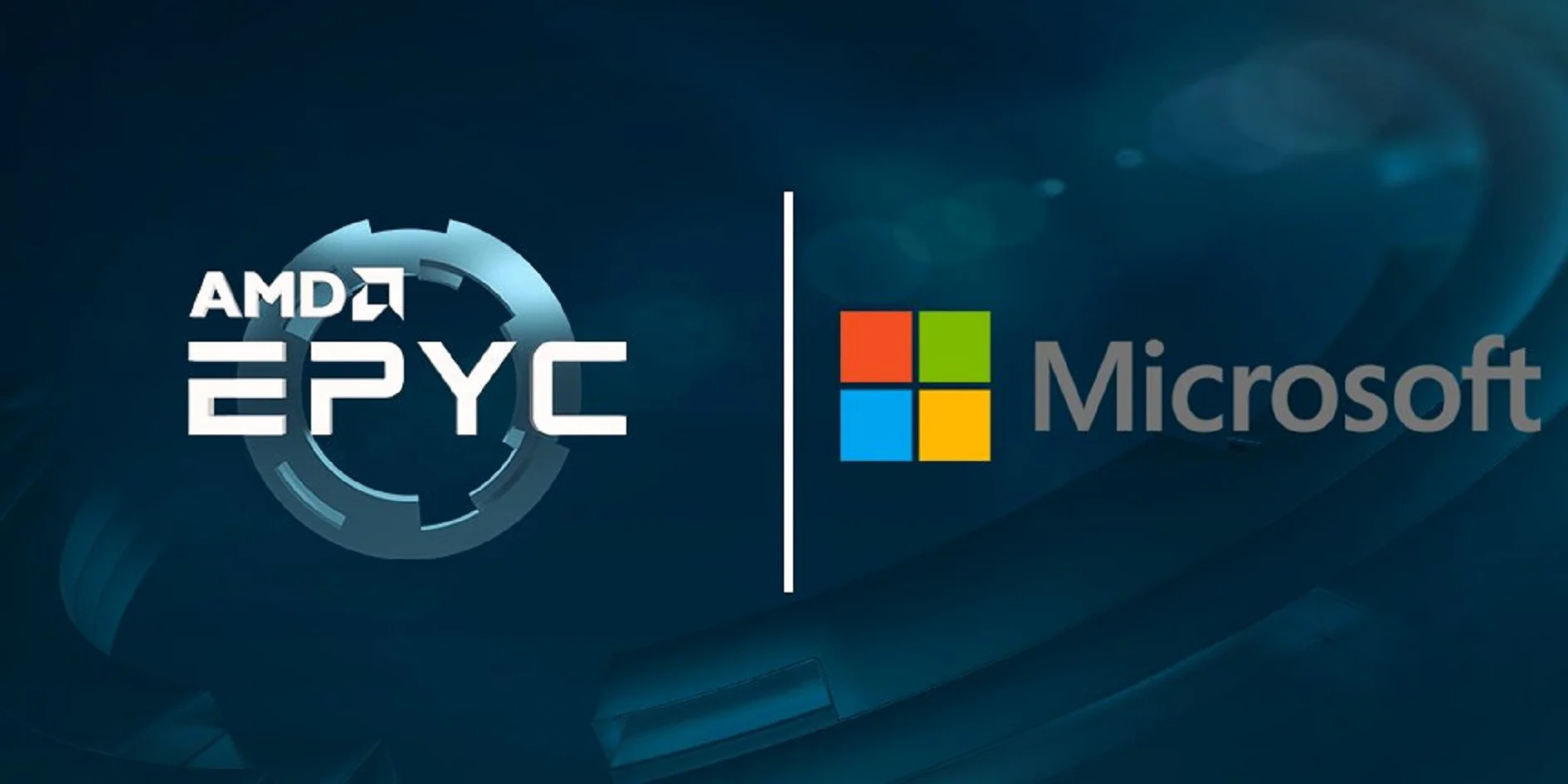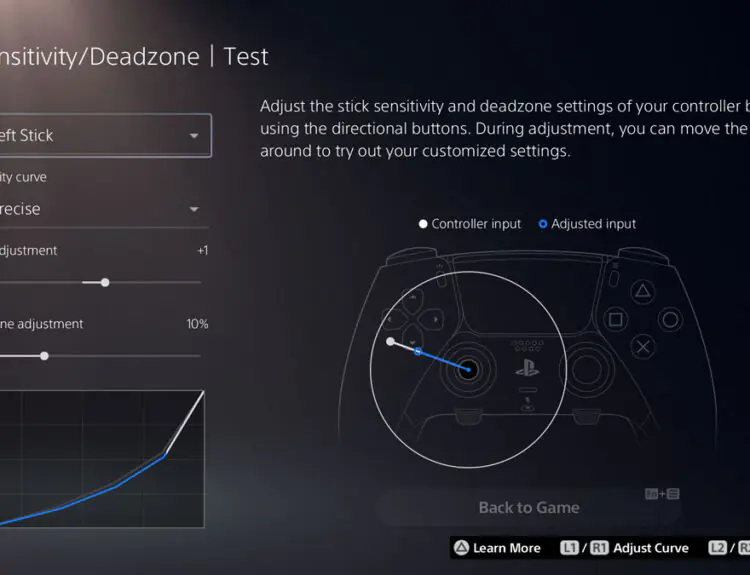NASDAQ: AMD’s 2nd Generation EPYC processors have made a name for themselves among significant cloud computing companies, and as of now, many product lines are powered by AMD’s newest server CPUs. However, as opposed to its GPUs, the company has not explicitly been successful when it comes to its datacenter GPUs. Hence, scenarios, where their data centers are powered by EPYC CPUs and Radeon Instinct accelerators, are slim to none.
Nevertheless, the future is ever bright for AMD, like this week, Microsoft Azure started offering virtual machines that support both AMD’s GPUs and CPUs. That’s progress!
Powered by AMD Radeon Instinct GPUs and its industry-first SR-IOV technology, NVv4 instances in Microsoft #Azure offer a choice of four configurable options designed to deliver right amount of GPU capability for many enterprise workloads. Learn more: https://t.co/9brEz3rEBe pic.twitter.com/j0MadmhECM
— AMD Instinct (@AMDInstinct) March 19, 2020
With that being said, recently Vijay Kanchanahalli, Senior Program Manager, Microsoft Azure stated:
“Today we’re giving out the general availability of NVv4 virtual machines in South Central US, West Europe regions, and East US, with more regions to be added in the coming months. With the new NVv4, Azure happens to be the first cloud to be public that offers GPU partitioning built on industry-standard SR-IOV technology.”
Kanchanahalli, continued by listing its features:
“NVv4 VMs come with AMD’s Radeon Instinct MI25 GPU, that’s about 32 cores AMD EPYC vCPUs (Version 7002-series) with the ability to clock up to 3.3 GHz, 112 GB of RAM, 480 MB of L3 cache, and simultaneous multithreading (SMT).”
He also noted that the Pay-AS-You-Go pricing is available now for Windows users.
The idea behind Microsoft’s New Azure NVv4 VM’s

The new Microsoft Azure NVv4 Virtual Machines brings up to 32 cores from AMD 2nd gen processors in conjunction with AMD’s Radeon Instinct MI25 GPU. Coincidentally, EPYC is currently the newest and greatest CPU architecture from AMD, meeting the expectations that emanate from it.
However, combining it with the Radeon Instinct MI25 makes it a fantastic choice. The MI25 stays as family among AMD’s first-gen of instinct accelerators, and it makes use of AMD’s 14nm {Vega 10 GPU}, which happens to be in dissimilarity to the latest MI50/MI60 accelerators, which are based on the most recent 7nm Vega GPU, with new custom-server features.
As for the virtual machines, they are built to run on virtual desktops and also to be used for various workstation workloads that will substantially utilize the multi-core CPUs and even high-performance GPUs.
Based on the specs, the systems can deliver four resource-balanced configurations, from one-eighth of a GPU and 4 CPU cores to a full GPU with over 32 CPU cores.
Microsoft acknowledges that for security purposes, only one Virtual Machine would be able to access the GPU resources assigned to them, as the hardware partitioning prevents unapproved access by other Virtual Machines.
According to Vijay Kanchanahalli, the new instances will be out starting April 1. The cases will be available in East US, West Europe, and South Central.
Also, Microsoft plans to deliver more AMD-centric NVv4 VMs in other regions in the coming months. They also added Eav4, Lsv2, HBv2, and Dav4 instances concerning AMD’s EPYC processors.
So, check for more updates as they are released.







